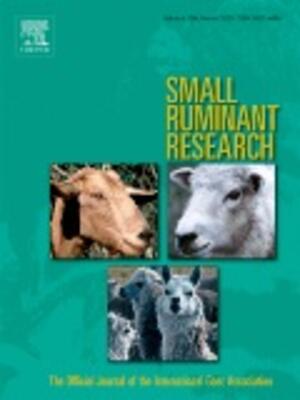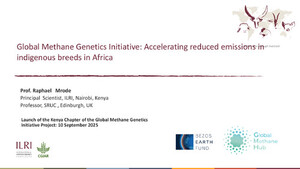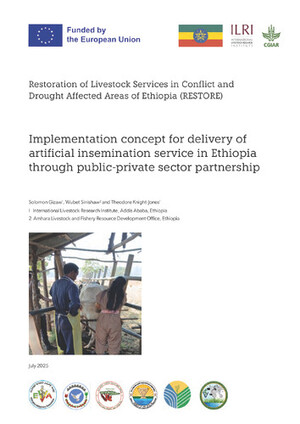
Sheep breeds, traditional breeding and flock structure in Burie District, north western Ethiopia
Abstract
This study was conducted to assess the sheep breeds, traditional sheep breeding practices and flock structure in four selected representative rural kebeles in Burie district North Western Ethiopia. Informal and formal surveys in the selected kebeles were conducted. The farmers interviewed were selected by using random sampling method. In addition, sheep flocks within the selected kebeles were selected and body weight (BW) using hanging scale, sex and age (estimated based on dentition) of the animals were measured and recorded. There were two sheep breeds in the study area, Washera and Horro. The proportion of the sheep breeds in the sheep flocks among the study kebeles was different. There were more Washera sheep (98%) in Woheni Durebetie kebele and more Horro sheep (92%) in Boko Tabo kebele. On average, one farmer had 3.7±2.46 heads of sheep per household (n = 127). The mean body weight of sheep in the sheep flocks was 21.6±9.34 kg (n = 1211). The proportion of male and female sheep in the sheep flocks was 30.5% and 69.5%, respectively. Farmers in the study area practice crossbreeding Washera with Horro breed. There is a possibility of inbreeding in the sheep flocks. In addition, more productive male animals are being sold, slaughtered or castrated at a young age, so, there is a chance to reduce the population of such animals in future generations. To bring improvements in sheep production and to maintain genetic diversity in the sheep flocks in Burie District, proper sheep breeding system should be planned and implemented.
Citation
Abebe, Y., Melaku, S., Tegegne, A. and Tegegne, F. 2013. Sheep breeds, traditional breeding and flock structure in Burie District, north western Ethiopia. Global Advanced Research Journal of Agricultural Science 2(12):325-335.










